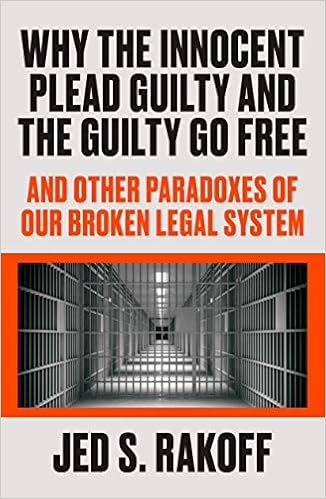It's not every day that you see an en banc opinion authored by two judges on the 11th Circuit. Even rarer is for that combination to be Chief Judge Pryor and Judge Martin. But they team up in this case, with Judge Newsom dissenting.
From the joint en banc intro:
WILLIAM PRYOR, Chief Judge, and MARTIN, Circuit Judge, delivered the opinion of the Court, in which WILSON, JORDAN, ROSENBAUM, JILL PRYOR, GRANT, LAGOA, BRASHER, and BLACK, Circuit Judges, joined.
WILLIAM PRYOR, Chief Judge, and MARTIN, Circuit Judge:
In 2013, Conraad Hoever was incarcerated at the Franklin Correctional Institution (FCI) in Carrabelle, Florida. According to Mr. Hoever’s complaint, correctional officers there subjected him to harassment and threats of physical violence in retaliation for his filing grievances about his mistreatment. Proceeding on his own (without counsel), Mr. Hoever successfully defended against the officers’ attempts to dismiss his case, and he was ultimately able to present his claim of First Amendment retaliation to a jury. After a three-day trial, during which the jury heard testimony from Mr. Hoever, the defendant officers, and witnesses who corroborated the threats, the jury returned a verdict in Mr. Hoever’s favor. But vindication of Mr. Hoever’s constitutional rights was limited. That is because this circuit has interpreted the Prison Litigation Reform Act (PLRA), 42 U.S.C. § 1997e(e), as barring punitive damages for a prisoner’s civil action where no physical injury is shown. The jury, therefore, awarded Mr. Hoever only one dollar in nominal damages.
Our circuit stands alone in enforcing § 1997e(e) as a complete bar to punitive damages, no matter the substantive claim, in the absence of physical injury. Because our interpretation runs counter to the text of the statute, today we correct our course. We now recognize that §1997e(e) permits claims for punitive damages without a showing of physical injury.
And here's how the dissent starts:
NEWSOM, Circuit Judge, joined by BRANCH, Circuit Judge, and joined in Parts I and III by LUCK, Circuit Judge, concurring in the judgment in part and dissenting in part:
There is a subtle but important difference in how the Court and I read 42 U.S.C. § 1997e(e). In the phrase “civil action . . . brought . . . for mental or emotional injury suffered while in custody,” the Court sees a distinction between requests for compensatory damages, which it says are covered, and requests for punitive damages, which it holds are not. I can’t find that compensatory-punitive divide in the statutory text. As I read it, § 1997e(e) doesn’t distinguish between different forms of monetary relief, but rather between different forms of harm. In particular, the dispositive question, to my eye, is simply whether an inmate-plaintiff ’s action concerns “mental or emotional injury,” as opposed to some other kind of injury. To the extent that it does, I would hold—contra the Court—that § 1997e(e) precludes him from recovering either compensatory or punitive damages unless he has made the statutorily required showing of “physical injury.” To the extent, by contrast, that the inmate’s suit alleges injuries that are not“mental or emotional,” I would hold that § 1997e(e) permits him to seek both compensatory and punitive damages.



